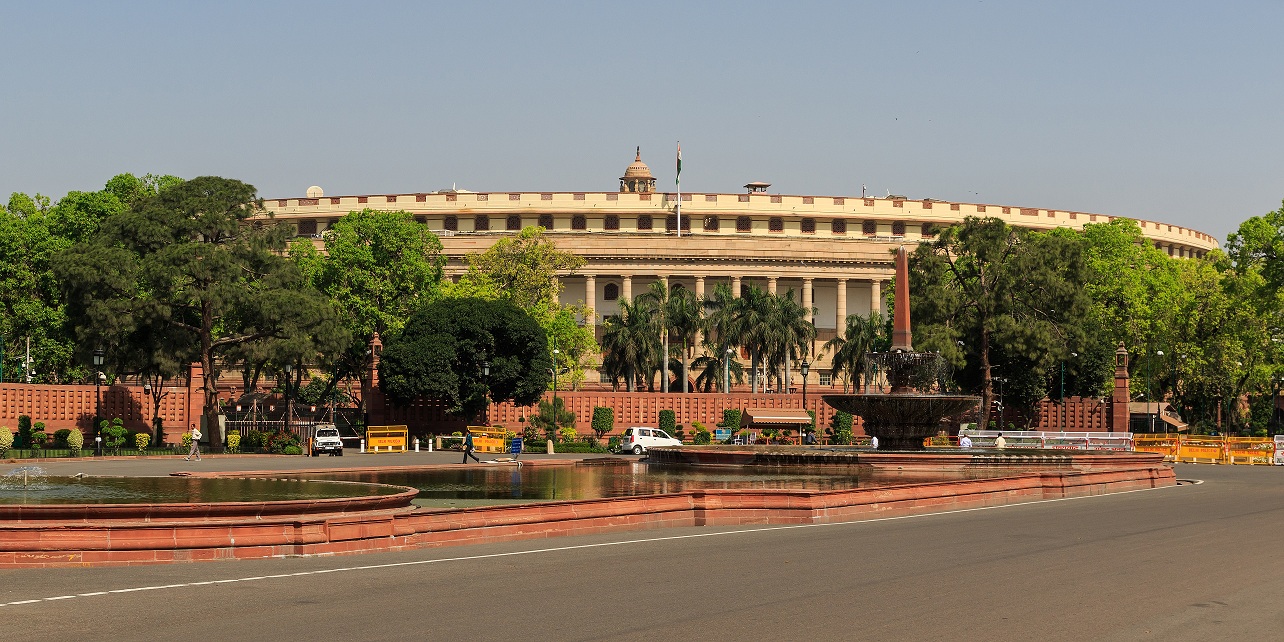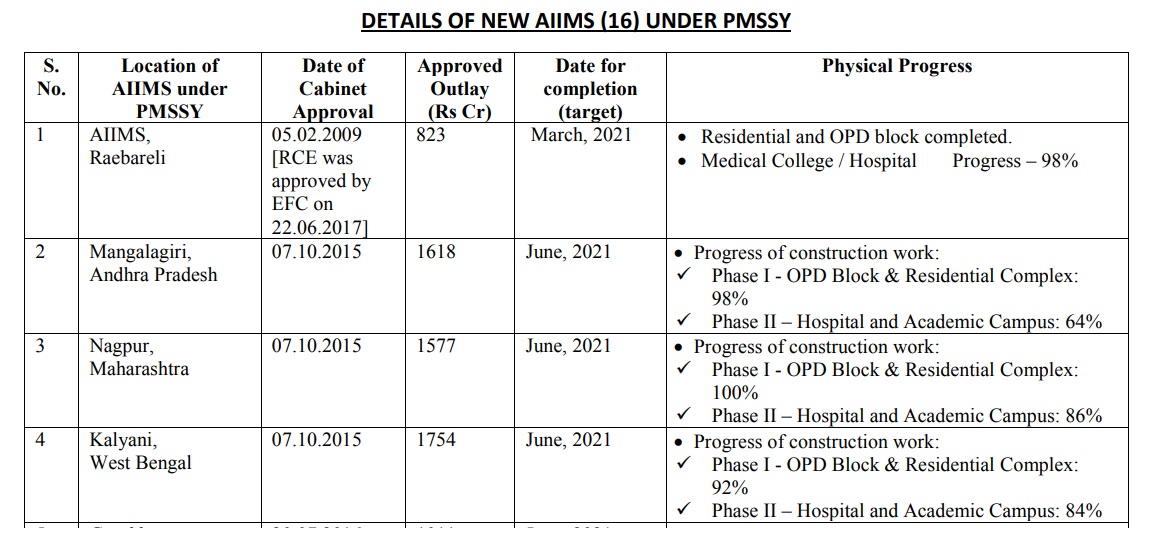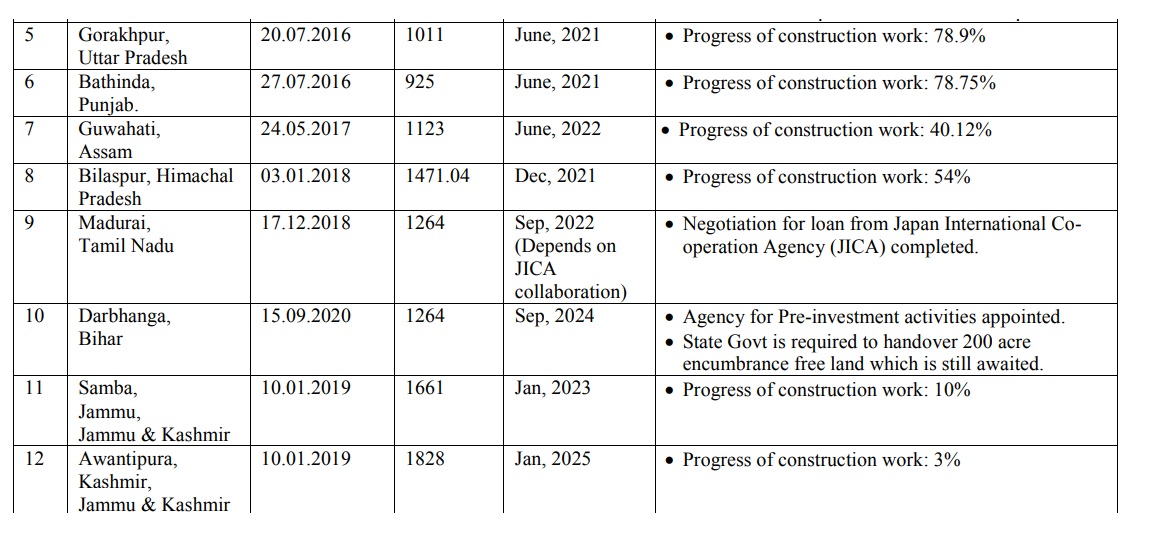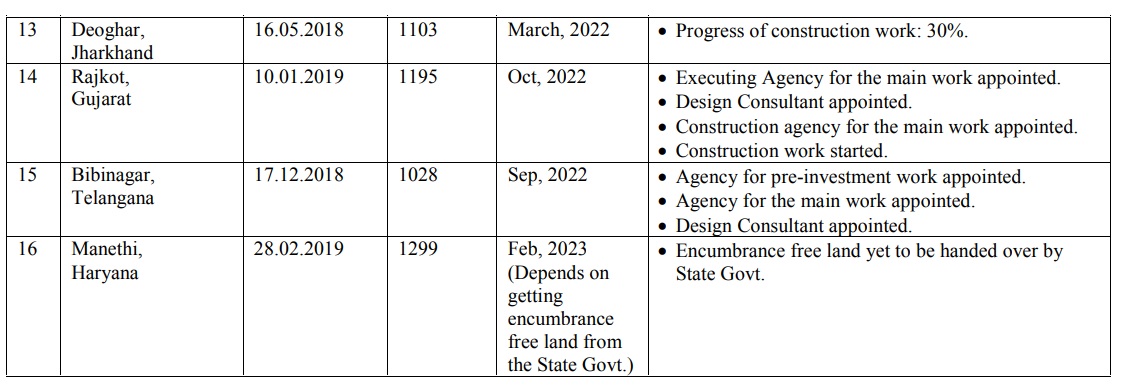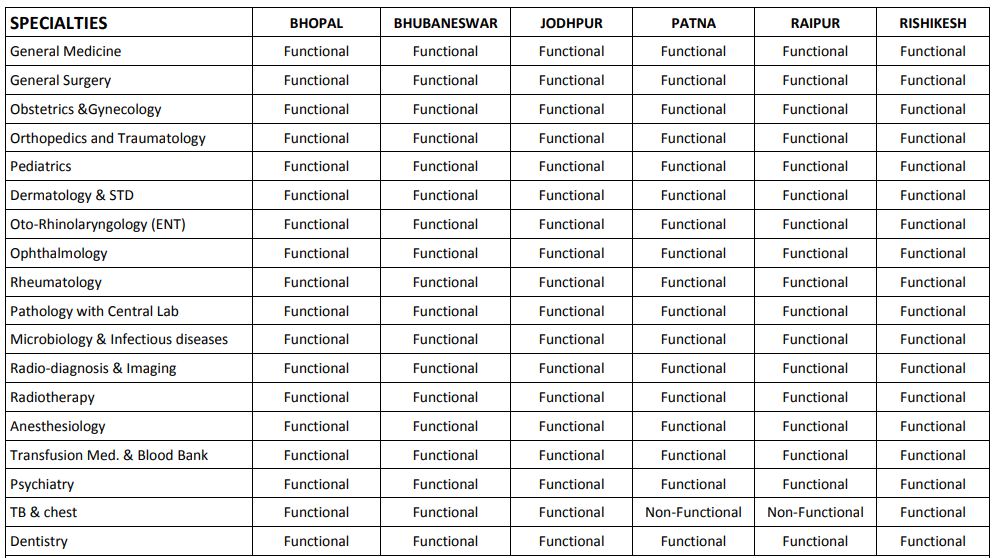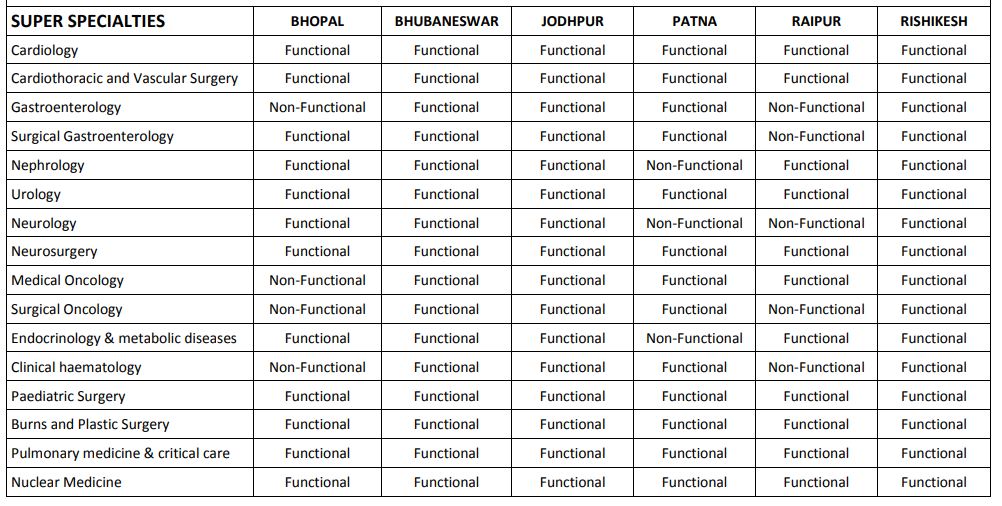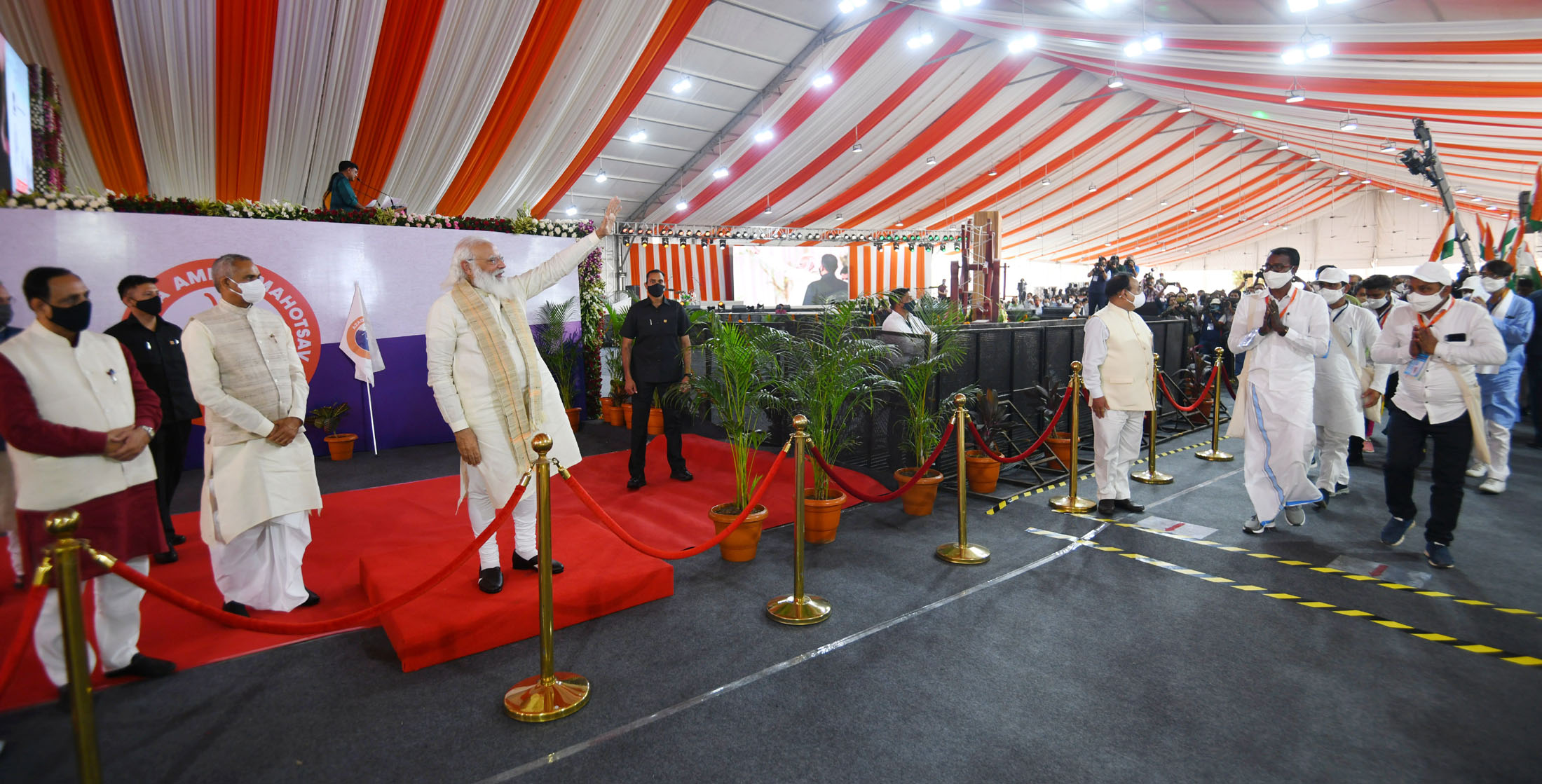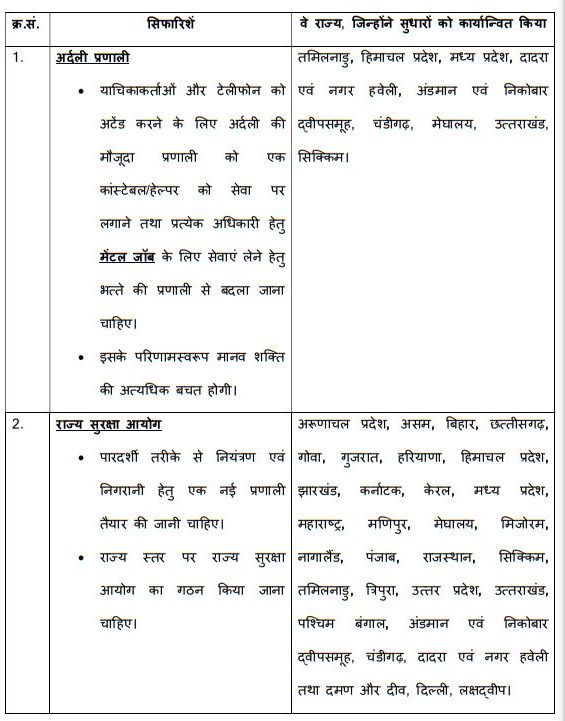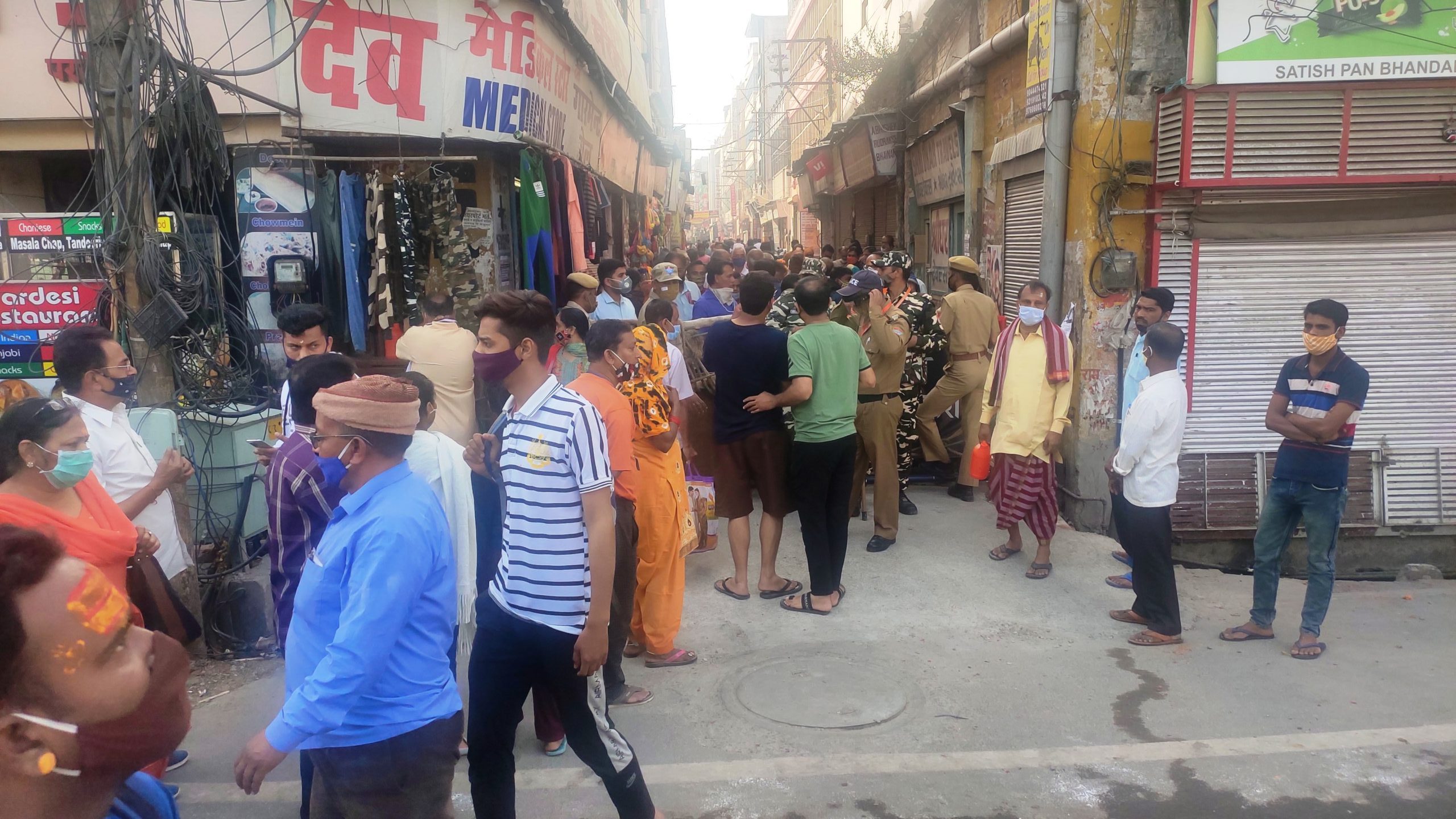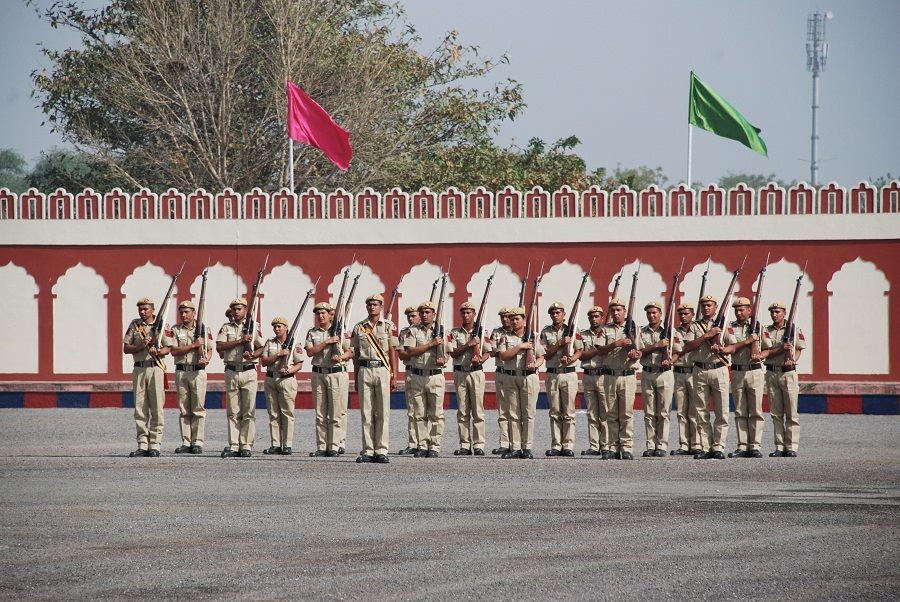आलू के बिना शायद ही कोई सब्जी पूरी होती हो या कोई खाना पूरा होता हो. कम से कम उत्तर भारत में यह बात पूरी तरह से लागू होती है. लेकिन यही आलू, जो बीते साल लोगों की जेब काट चुका है, अब अपने कम दाम (600 रुपये प्रति क्विंटल) की वजह से किसानों को रुला रहा है. उत्तर प्रदेश से राज्य सभा सांसद नीरज शेखर ने सदन में यह मुद्दा उठाया. उन्होंने कृषि और किसान कल्याण मंत्रालय से पूछा कि क्या सरकार को इस बात की जानकारी है कि किसानों की ओर से बेचे जाने वाले आलू के थोक मूल्य और विक्रेताओं की ओर से बेचे जाने वाले खुदरा मूल्य में भारी अंतर होता है? (2) यदि हां, तो इसका क्या कारण है? उनका तीसरा सवाल था कि क्या सरकार ने दोनों के बीच अंतर को कम करने और आलू उगाने वाले किसानों के लिए लाभकारी मूल्य सुनिश्चित करने के लिए कोई उपाय किए हैं, यदि हां तो उसका ब्यौरा क्या है?
कृषि मंत्री ने कहा – दाम मांग-आपूर्ति पर निर्भर है
सांसद नीरज शेखर के सवालों का जवाब केंद्रीय कृषि मंत्री नरेंद्र सिंह तोमर ने दिया. उन्होंने कहा कि आलू सहित कृषि वस्तुओं का थोक बाजार मूल्य और खुदरा बाजार मूल्य के बीच अंतर मुख्य रूप से मांग और आपूर्ति, गुणवत्ता और भंडारण व परिवहन लागत इत्यादि से तय होता है. आलू का उत्पादन ज्यादातर रबी मौसम में दिसंबर से अप्रैल तक होता है, जिसे कोल्ड स्टोरेज में रखा जाता है और जरूरत के अनुसार बाजरा में जारी किया जाता है. देश भर में साल भर इसकी खपत होती है.
कृषि मंत्री ने गिना डाली सारी योजनाएं
भारत सरकार ने ई-एनएएम योजना लागू की है जो राज्यों और केंद्र शासित प्रदेशों की थोक मंडियों/बाजारों का एकीकृत ऑनलाइन प्लेटफॉर्म है, जो किसानों को उचित मूल्य पाने के लिए लाभकारी मूल्य खोजने में मदद करता है. उन्होंने बताया कि सरकार ने 10 हजार किसान उत्पाक संगठनों के गठन की प्रक्रिया शुरू की है, जिससे बेहतर मूल्य संवर्धन और बाजार लिंकेज से किसान अपनी आय बढ़ाने में सक्षम होंगे.
केंद्रीय कृषि मंत्री ने अन्य जिन योजनाओं का जिक्र किया, उनमें सूक्ष्म खाद्य प्रंस्सकरणों को उन्नत बनाने के लिए वित्तीय और तकनीकी सहायता देने की पीएम फॉर्मुलाइजेशन एंड माइक्रो फूड प्रोसेसिंग स्कीम, कोल्ड स्टोरेज और रेफ्रीजरेटेड वैन जैसी सुविधाओं के विकास के लिए एमआईडीएच स्कीम और प्रधानमंत्री किसान संपदा योजना शामिल रही. उन्होंने ऑपरेशन ग्रीन योजना का भी जिक्र किया, जिसके तहत किसानों को सब्जियों के परिवहन और कोल्ड स्टोरेज पर 50 फीसदी की सब्सिडी दी जाती है.
योजनाओं का तांता, फिर किसान सही दाम क्यों नहीं है पाता
केंद्रीय कृषि मंत्री नरेंद्र सिंह तोमर ने कई योजनाएं गिनाईं, लेकिन इस सवाल का जवाब अंत तक नहीं दिया कि इन योजनाओं से आलू किसानों को कैसे उचित मूल्य मिलेगा? चूंकि ये सारी योजनाएं पहले से चल रही हैं, इसके बावजूद अगर अभी किसानों को उचित मूल्य नहीं मिल रहा है, तो फिर आगे कैसे मिलने लगेगा? जिस तरह से सरकार ने आवश्यक वस्तु अधिनियम को बदलकर कृषि उत्पादों को स्टॉक लिमिट से बाहर किया है, उससे इस बात की गारंटी कौन लेगा कि व्यापारी किसानों से कम दाम पर आलू समेत दूसरी फसलें खरीद कर जमा नहीं करेंगे? अगर ऐसा हुआ तो कोल्ड स्टोरेज का लाभ किसानों को कैसे उचित मूल्य दिला पाएगा?
—
Remunerative Price For Potato Growing Farmers
Rajya Sabha MP Neeraj Shekhar asked, will the Minister Of Agriculture And Farmers Welfare be pleased to state:
(a) whether Government is aware that there is a huge gap between wholesale selling price of
potatoes by farmers and retail selling price by vendors; (b) if so, the details thereof and the reasons therefor;
(c) whether Government has made any effort to bridge the gap between both and to ensure
remunerative price to potato growing farmers; (d) if so, the details thereof; and (e) if not, the reasons therefor ?
ANSWER
Minister of agriculture and farmers welfare Narendra Singh Tomar replied-
(a) to (e): The Price difference between Wholesale selling price and Retail selling price of
agricultural commodities including that of potatoes depends mainly on demand, supply, quality, storability of the produce and transportation cost etc.. Potato is mostly produced in rabi season from December to April and stored in cold storages and released to markets as per the requirement and consumed across the country round the year.
The Govt. of India has implemented e-NAM scheme which is an online virtual trading
platform integrating physical wholesale mandis/ markets of different States/ Union Territories (UTs) to facilitate online trading of agriculture and horticulture commodities through transparent price discovery method to enable farmers to realize better remunerative prices for their produce.
Further, Government of India has launched a Central Sector Scheme of “Formation and Promotion of 10,000 Farmer Producer Organizations (FPOs)” which will facilitate FPOs with economies of scale and better value additions opportunities and market linkages to enable their member farmers with enhanced income.
Under MIDH, assistance is extended for establishment of infrastructure relating to cold chain
management viz. pre-cooling units, on farm pack houses, mobile pre-cooling units, staging cold rooms, cold storage units, integrated cold chain supply system, refrigerated vans/containers, primary/mobile processing units, ripening chambers, evaporative/low energy cool chambers, preservation units etc. Under Integrated Post Harvest Management component of MIDH, subsidy is provided as credit linked back-ended subsidy @ 35% of cost of project in general areas and 50% of cost in case of Hilly and Scheduled areas for individual entrepreneurs.
Further the Ministry of Food Processing Industries has launched the centrally sponsored PM
Formalisation of Micro Food Processing Enterprises (PMFME) Scheme for providing financial, technical and business support for upgradation of two lakh micro food processing enterprises. The objectives of the scheme, inter-alia, include building the capability of micro enterprises by enabling the increased access to credit by existing micro food processing entrepreneurs, FPOs, Self Help Groups and Co-operatives; integration with organized supply chain by strengthening branding & marketing; supporting the transition process of the existing two lakh micro food processing enterprises into formal framework; providing access to common services like common processing facility, laboratories, storage, packaging, marketing and incubation services; strengthening of institutions, research and training in the food processing sector, and enhancing the access to professional and technical support.
In addition, under the component scheme named “Operation Greens(OG)” of Pradhan Mantri
Kisan Sampada Yojana (PMKSY), the Ministry of Food Processing Industries has made provision for 50% subsidy for transportation and storage from surplus producing areas to consuming centres.


